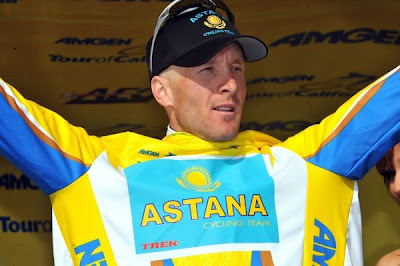Sonoma sky yesterday, February 27, 2009
Yes according to Clifford Carnicom: "Recent analysis leads to the conclusion that the extensive and systematic aerosol operations that are being conducted without informed consent are aggravating, if not instigating, the elevated drought conditions that are now commonly being observed." (2002 article)
And here's the latest in the controlled news media:
California declares drought emergency
Sat Feb 28, 2009 7:46am EST
By Peter Henderson
source
SAN FRANCISCO (Reuters) - California Governor Arnold Schwarzenegger on Friday declared a state emergency due to drought and said he would consider mandatory water rationing in the face of nearly $3 billion in economic losses from below-normal rainfall this year.
As many as 95,000 agricultural jobs will be lost, communities will be devastated and some growers in the most economically productive farm state simply are not able to plant, state officials said, calling the current drought the most expensive ever.
Schwarzenegger, eager to build controversial dams as well as more widely backed water recycling programs, called on cities to cut back water use or face the first ever mandatory state restrictions as soon as the end of the month.
"California faces its third consecutive year of drought and we must prepare for the worst -- a fourth, fifth or even sixth year of drought," Schwarzenegger said in a statement, adding that recent storms were not enough to save the state.
He called on urban water users to cut consumption by 20 percent and state agencies to implement a water reduction plan. Meanwhile, the state of emergency will let planners fast-track some infrastructure building.
Legislators have also revived a $10 billion bond package to build new dams, fund conservation programs and build plants to recycle waste water and recharge aquifers.
"There is a bit of a perfect storm, pardon the pun, developing here," Republican state Senator Dave Cogdill told Reuters after introducing one of the new bond packages. "I hope the attitude toward surface storage, the larger projects, has changed."
The state water department will report on conservation progress by the end of March, and if the situation has not sufficiently improved, water rationing and mandatory cuts in water use could be instituted, the governor said.
California produces more than half the nation's fruits, vegetables and nuts, and farmers in recent weeks have been staggered by reports that the main federal source of irrigation water will go dry this year and the top state water project will not fulfill more than 15 percent of requested water.
The Central Valley, a fertile but arid region stretching some 500 miles from Bakersfield to Redding, is the agricultural heartland of California, which ranks as the nation's No. 1 farm state in terms of the value of crops produced -- more than $36 billion a year.
Concern about California's tight water supply is on the upswing at the same time as officials in the state capital of Sacramento rally behind the idea of creating jobs with public works spending. Unemployment in the most populous state rose to double digits -- 10.1 percent -- in January.
Water planners and environmentalists are also broadly in agreement that climate change is creating a more erratic climate that could lengthen dry spells.
"We're going to have droughts. That's a fact of life. They may be worse in the future," state water chief Lester Snow told reporters on a conference call.
(Additional reporting by Jim Christie; Editing by Christian Wiessner)









